As I understand it you shouldn't need one. ATX supplies are supposed to be well regulated.
See
There is a footprint for a 9 Watt 10ohm load resistor on the 5 volt rail. Some older ATX supplies won't start without some sort of load.
In our experience most ATX supplies don't require a significant load on the 5 volt rail to start. An artificial load just wastes electricity and creates unnecessary heat. In the production version we include the resistor but don't solder it because most will never need it.
Some Intel ATX specifications say
3.2.1. DC Voltage Regulation
The DC output voltages shall remain within the regulation ranges shown in Table 2 when
measured at the load end of the output connectors under all line, load, and environmental
conditions. The voltage regulation limits shall be maintained under continuous operation
for any steady state temperature and operating conditions specified in Section 5.
Table 2. DC Output Voltage Regulation
Output Range Min. Nom. Max. Unit
+12V1DC ±5% +11.40 +12.00 +12.60 Volts
+12V2DC (1) ±5% +11.40 +12.00 +12.60 Volts
+5VDC ±5% +4.75 +5.00 +5.25 Volts
+3.3VDC (2) ±5% +3.14 +3.30 +3.47 Volts
-12VDC ±10% -10.80 -12.00 -13.20 Volts
+5VSB ±5% +4.75 +5.00 +5.25 Volts
(1) At +12 VDC peak loading, regulation at the +12 VDC output can go to ± 10%.
(2) Voltage tolerance is required at main connector and S-ATA connector (if used)
As noted many many websites do say that a small load is required. If you want to follow that advice, use a small power resistor. A desktop PC probably uses 2-3 W in standby so something approaching that should probably be your target.
